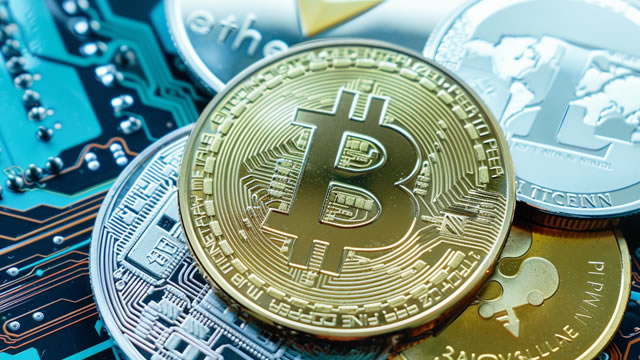
ISO 20022 Takes Over as MT Fades: What It Means for Crypto Compliance
Crypto Economygeneral
TL;DR Global payments fully switch to ISO 20022 as SWIFT retires old systems. Nine compliant cryptocurrencies include XRP, XLM, and ALGO for banking integration. SWIFT enforces strict migration window, requiring all institutions to transition. The global payments system moves fully to ISO 20022 this weekend as MT message formats retire after years of parallel operation.
📋 Article Summary
The Transition to ISO 20022: Redefining the Future of Global Payments and Crypto Compliance
As the global financial landscape undergoes a transformative shift, the retirement of the longstanding SWIFT MT message format marks a significant milestone in the evolution of international payments. The impending migration to the ISO 20022 standard represents a seismic change that will reverberate across the cryptocurrency ecosystem, presenting both challenges and opportunities for the industry.
The adoption of ISO 20022 is more than just a technical upgrade; it signifies a profound shift in the way financial institutions, including those in the crypto space, will interact with the global payments infrastructure. This standardized messaging protocol promises to enhance data-rich communication, enabling seamless integration and greater transparency – crucial elements for the cryptocurrency industry as it navigates the complexities of regulatory compliance.
Notably, several leading cryptocurrencies, such as XRP, Stellar (XLM), and Algorand (ALGO), have already positioned themselves as ISO 20022-compliant, positioning them for seamless integration with the modernized payments ecosystem. This alignment with the new standard opens up a wealth of opportunities for these cryptocurrencies, as they can leverage the enhanced data-sharing capabilities to streamline cross-border transactions, facilitate faster settlement times, and provide greater visibility to regulatory authorities.
The implications of this transition extend beyond the technical aspects, as it also reflects a broader shift in the regulatory landscape. Regulators around the world have recognized the importance of harmonizing payment standards to enhance transparency, mitigate financial crimes, and foster greater trust in the financial system. By aligning with ISO 20022, cryptocurrencies can demonstrate their commitment to compliance, potentially easing the path for wider adoption and institutional integration.
However, the transition to ISO 20022 is not without its challenges. Cryptocurrency exchanges, wallets, and other service providers will need to invest significant resources to ensure their systems and infrastructure are fully compatible with the new standard. Failure to do so could result in disruptions, delays, and potential regulatory scrutiny – a scenario that no crypto player can afford in the current climate of heightened regulatory oversight.
Looking ahead, the migration to ISO 20022 is likely to have far-reaching implications for the cryptocurrency industry. As the global payments landscape evolves, crypto projects that can seamlessly integrate with the new standard and leverage its data-rich capabilities will be well-positioned to capitalize on the opportunities it presents. This, in turn, may lead to increased institutional adoption, enhanced liquidity, and greater mainstream acceptance of cryptocurrencies – a transformative shift that could redefine the future of the crypto ecosystem.
In conclusion, the transition to ISO 20022 is not merely a technical upgrade, but a strategic inflection point for the cryptocurrency industry. Proactive crypto projects that embrace this change and align their operations with the new standard will be better equipped to navigate the shifting regulatory landscape and capitalize on the emerging opportunities in the global payments arena.